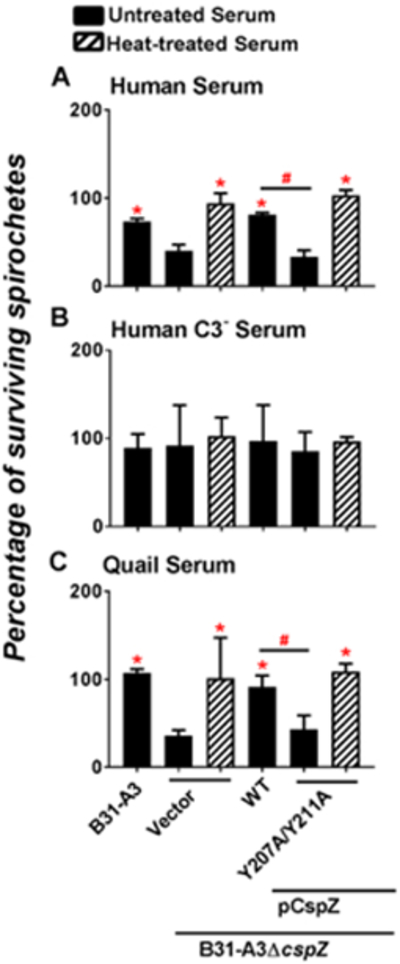Figure 4. CspZ-mediated FH-binding activity contributed to the survival of blood-treated spirochetes in human and quail serum.

Human blood-treated B. burgdorferi strain B31-A3, B31-A3ΔcspZ harboring the vector pKFSS-1 (“B31-A3ΔcspZ/Vector”), or this cspZ mutant strain producing CspZ (“B31-A3ΔcspZ/pCspZ”) or CspZ-Y207A/Y211A (“B31-A3ΔcspZ/pCspZ-Y207A/Y211A”) was incubated for four hours with untreated (filled bars) or heat-inactivated (“Heat-treated”, hatched bars) serum at a final concentration of 40%. These sera include (A) normal human serum, (B) C3-depleted human serum (“Human C3− serum”), or (C) quail serum. The number of motile spirochetes was assessed microscopically. The percentage of surviving B. burgdorferi was calculated using the number of mobile spirochetes at four hours post incubation normalized to that immediately after incubation with serum. Each bar represents the mean of three independent determinations ± SEM. Significant differences (p < 0.05 by Kruskal-Wallis test with Dunn’s multiple comparison) in the percentage of surviving spirochetes relative to the strain B31-A3ΔcspZ/Vector incubated with untreated serum (“*”) or between two strains relative to each other (“#”) are indicated.
